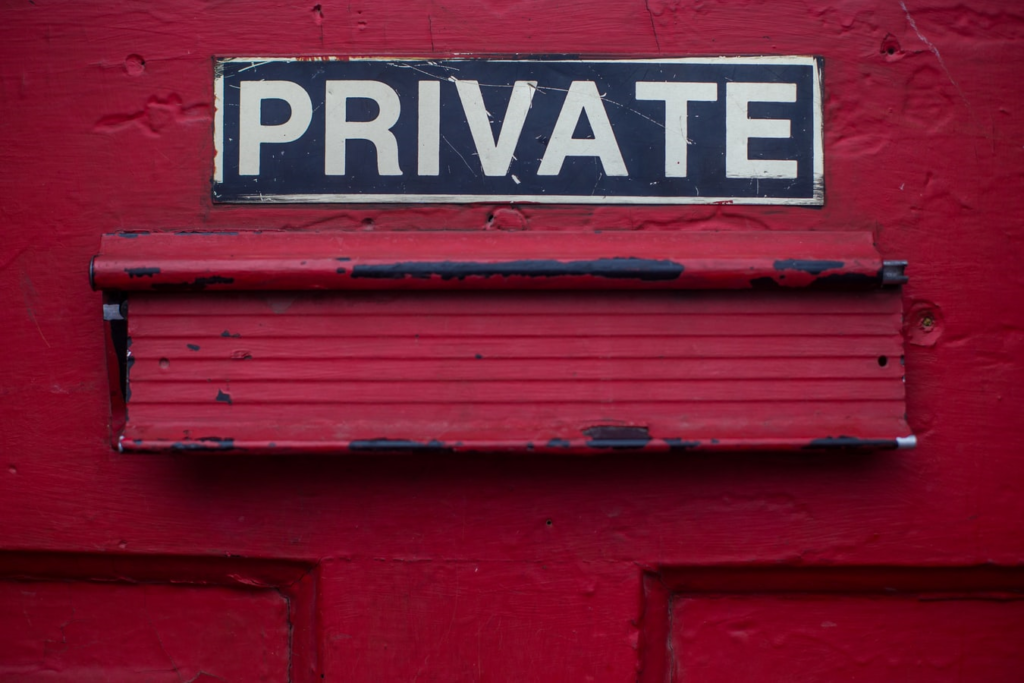The blockchain technology is largely known as a means to power Bitcoin. However, turns out, it may come in handy to improve the current situation in commercial real estate (CRE). But what is currently on the market?

Property-related information is stored in different places, both in digital and on paper, which, quite often, makes it tricky to identify the real owner or make sure that available documents correspond to the current status. With information being highly scattered, more effort is required to find and secure sometimes crucial documents, thus leading to the loss of CRE-related files and a higher risk of fraud. What makes the problem worse is that CRE has a high threshold for potential yet smaller investors.
So, why could blockchain become a remedy for commercial real estate? In short, it is distributed, secure, irreversible, a near real-time and reliable ledger designed to operate in a trustless environment, which perfectly fixes the drawbacks of CRE.
Let’s consider a few use cases: data storing, contracts, and investments.
For starters, the blockchain technology can be used to store data about commercial real estate ownership and connected contracts, such as property ownership rights, lease and sales agreements, and could include a trusted third-party signer if necessary. It can also provide the user with anonymity but verification of identity is required.
Additionally, blockchain supports CRE lease operations, such as property visiting and negotiations. When it comes to the lease agreement, there are two ways to cooperate through the blockchain. The first one is pretty straightforward: sign the agreement and store it in the blockchain. The second one, on the other hand, involves signing the documents using smart contracts with automated payments. This approach creates transparency for all parties involved whilst reducing operational costs.
Blockchain is also a great tool for CRE sale and purchase, offering a convenient way to find any needed documents inside the system. It is also useful for the final review and the signing of the contract.
However, what makes blockchain a game-changer is its ability to lower the investment threshold. The tokenization of the property, say one token is equivalent to one square foot, would allow smaller investments to buy the property, reducing stellar prices and operational fees. Yet, a potential buyer is not limited to buying a natural number of tokens: they can acquire 10.7, 3.5 or even as much as 0.1 tokens and still get their fair share of profit from CRE. This approach encourages more investments from all over the world, simplifying the procedure for small and medium investments.
As there is only a set number of tokens, the risk of fraud, such as selling the same property to different investors is eliminated. And, of course, the cherry at the top: lower operational costs.
Although the blockchain technology is yet to unleash its full potential in CRE, it proves to be convenient and secure, being doomed to become an integral part of the industry.
What do you think? We would love to hear your opinion in the comments!
Further reading:
Ravencoin – peer-to-peer blockchain, handling the efficient creation and transfer of assets from one party to another.

